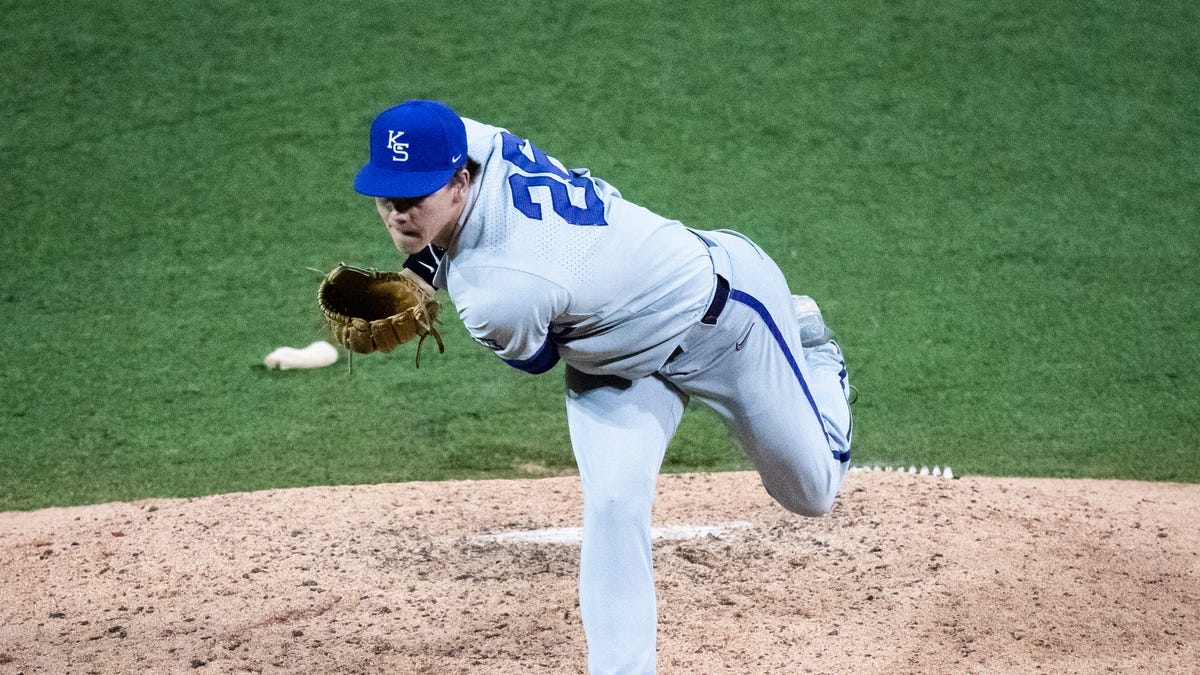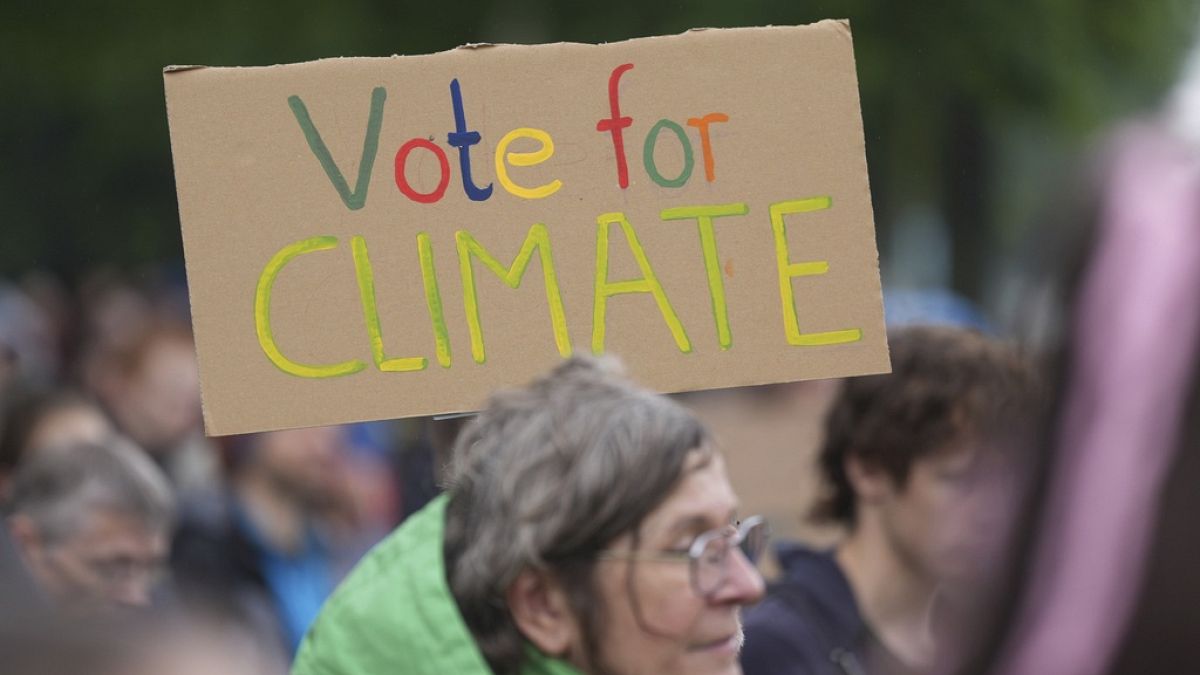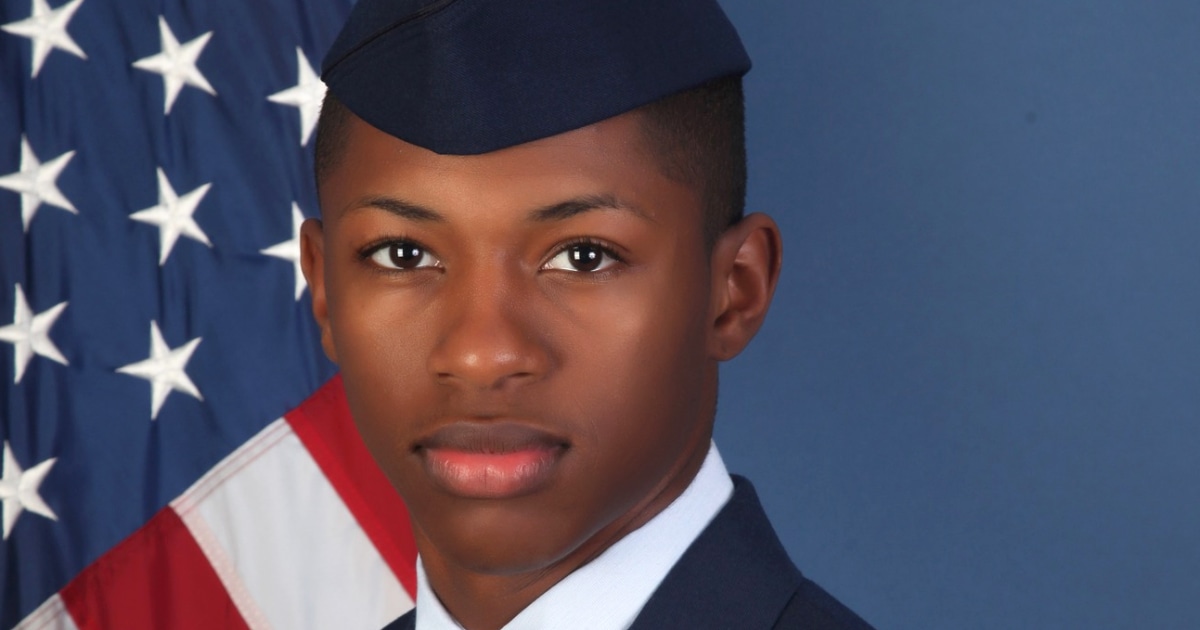Wisconsin
Nebraska 69, Wisconsin 57

Potts 7-10 2-3 16, Markowski 4-10 3-6 13, Krull 1-4 0-0 3, Shelley 1-3 2-2 5, White 2-5 2-5 6, Petrie 2-3 0-0 4, Stewart 1-4 0-0 2, Coley 2-5 0-0 6, Hake 3-8 1-2 8, Moriarty 1-2 0-0 3, Nissley 1-3 0-0 3, Totals 25-57 10-18 69
Williams 6-14 4-4 16, Copeland 1-10 0-2 3, Jimenez 0-1 0-0 0, Porter 5-11 0-0 10, Schramek 4-11 2-2 12, Grady 0-2 0-0 0, Douglass 1-4 0-0 3, Leuzinger 5-8 0-0 13, Totals 22-61 6-8 57
3-Point Goals_Nebraska 9-27 (Potts 0-2, Markowski 2-5, Krull 1-4, Shelley 1-3, White 0-1, Petrie 0-1, Stewart 0-1, Coley 2-3, Hake 1-2, Moriarty 1-2, Nissley 1-3), Wisconsin 7-33 (Williams 0-2, Copeland 1-7, Porter 0-5, Schramek 2-8, Grady 0-2, Douglass 1-3, Leuzinger 3-6). Assists_Nebraska 15 (Shelley 6), Wisconsin 15 (Porter 7). Fouled Out_None. Rebounds_Nebraska 36 (Markowski 11), Wisconsin 38 (Porter 9, Williams 9). Total Fouls_Nebraska 13, Wisconsin 16. Technical Fouls_Wisconsin Williams 1. A_2,852.

Wisconsin
Wisconsin Army National Guard emergency training in Waukesha County

National Guard training in Waukesha County
The Wisconsin Army National Guard conducted some emergency training at Aurora Medical Center Summit on Friday, May 31.
WAUKESHA COUNTY, Wis. – The Wisconsin Army National Guard conducted some emergency training at Aurora Medical Center Summit on Friday, May 31.
The exercise involved a collapsed building. Personnel in a Black Hawk helicopter practiced dropping off mock patients at the hospital.
A sergeant told FOX6 the training exercise helps to keep both the guard and emergency personnel trained for potentially dangerous situations.
SIGN UP TODAY: Get daily headlines, breaking news emails from FOX6 News
“We can be ready to launch and activate for that. We are the members of the Wisconsin Army National Guard, so it’s within our job title to be able to do that for medevac to be able to transport patients,” Sgt. First Class Eric Furbee said. “If there’s an incident in Green Bay, we have to transport many patients to Madison or Milwaukee or any places like that.”
The U.S. Army has more than 2,000 Black Hawk helicopters in operation.
Wisconsin
Progress Pride Flag flies over Wisconsin Capitol to mark beginning of Pride Month

MADISON, Wis. (WBAY) – Governor Tony Evers kicked off the beginning of Pride Month on Friday by raising the Progress flag at the state capitol.
The progress flag represents those in the LGBTQ+ community symbolizing queer acceptance in society.
June was first recognized as Pride Month in 1999 when then-President Bill Clinton declared it Gay and Lesbian Pride Month. Then in 2009, then-President Barack Obama declared it LGBT Pride Month.
Copyright 2024 WBAY. All rights reserved.
Wisconsin
Legislator-led committee to study sandhill crane management, including potential hunting season
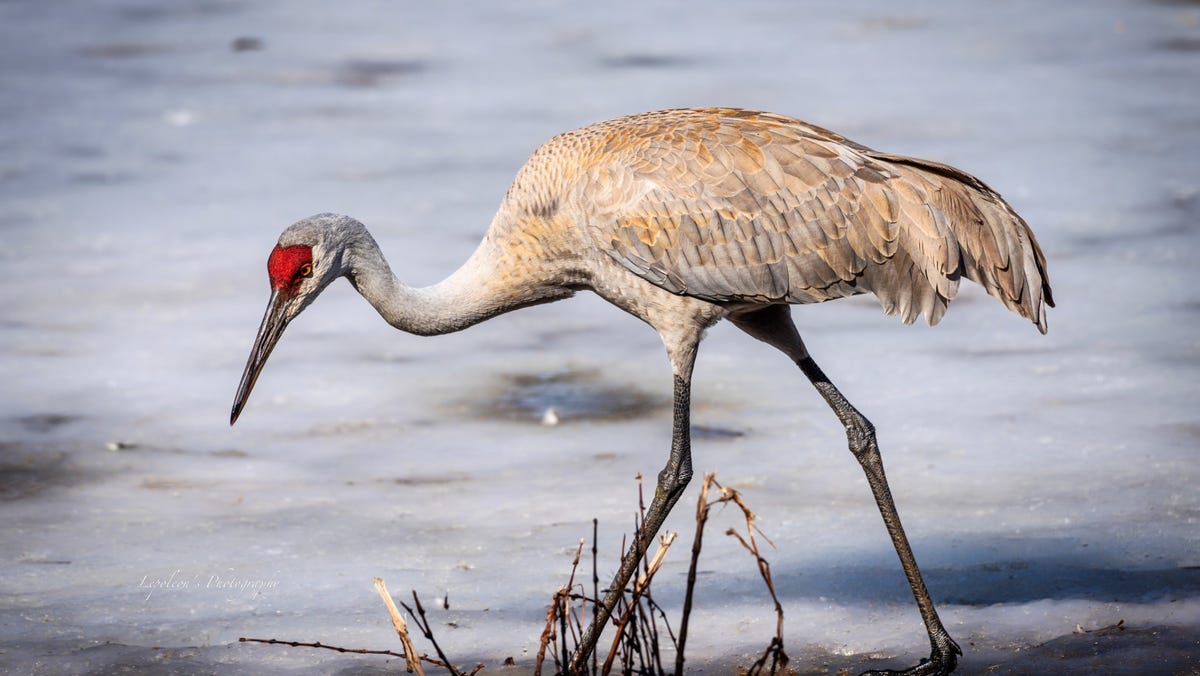
Whooping cranes are making a stable but delicate comeback
Whooping cranes, once on the brink of extinction, are making a stable but delicate comeback, including the eastern flock in Wisconsin.
State legislators this summer will lead a committee to review and recommend options for sandhill crane management in Wisconsin, possibly to include a hunting season for the species.
The Legislative Council Study Committee on Sandhill Cranes is slated to begin meeting in July, said committee chair Rep. Paul Tittl (R-Manitowoc).
The group “shall examine population trends and determine whether any changes to state law would effectively address the incidence and consequences of crop damage caused by sandhill cranes in this state,” according to the committee description.
Its charge includes recommending “legislation to manage the population of sandhill cranes and address the agricultural impact of sandhill cranes.”
As part of its review of policy options, the committee may consider whether the Department of Natural Resources should seek federal approval to establish a hunting season for sandhill cranes.
But Tittl said it would be a “deep dive” and also consider non-hunting options to provide funding to farmers suffering crop losses from cranes.
In addition to Tittl, the sandhill crane study committee will include vice chair Sen. Romaine Quinn (R-Cameron), Rep. Dave Considine (D-Baraboo), Sen. Mark Spreitzer (D-Beloit) and likely eight public members, mostly representatives of conservation, wildlife and farming groups.
Tittl said he reviewed applications and recommended eight public members on May 21; the applications were passed along for review and likely approval by the Republican-led Wisconsin Joint Legislative Council.
The sandhill crane committee is one of five Legislative Council Study Committees scheduled for this summer. A handful of such committees, selected by the Joint Legislative Council, are held in even-numbered years.
Sandhill cranes have increased substantially in number in Wisconsin in recent decades. In autumn 2022 61,098 sandhills were counted in Wisconsin, part of 107,140 birds in the eastern population of the species, according to the U.S. Fish and Wildlife Service.
The eastern population count was conducted in 10 states and two provinces of Canada. Wisconsin forms the core of the eastern population’s breeding range and typically has the largest number of cranes of any state or province in the region.
In recent years cranes have caused about $1 million annually in crop damage in Wisconsin, according to the U.S. Department of Agriculture. Most occurs in spring on newly planted corn but potato and bean growers also report losses later in the year.
However the state currently has no program to compensate farmers for losses due to sandhill cranes.
The sandhill crane is currently protected in the state. In addition to approval from the U.S. Fish and Wildlife Service, a hunting season would require the Legislature to pass and governor to sign a bill allowing a sandhill crane hunt in Wisconsin.
Under current laws, farmers who incur crop damage can shoot sandhills on their property after obtaining a federal permit but cannot eat or otherwise utilize the carcasses. About 1,000 cranes are killed on federal depredation permits each year in Wisconsin, according the USDA.
If state law were changed to allow a sandhill crane hunting season, farmers would be eligible for compensation for crane-caused crop damage.
Three states in the Mississippi Flyway hold sandhill crane hunting seasons during fall or winter: Alabama, Kentucky and Tennessee. In the 2021-22 hunting season, the states reported a harvest of 835 sandhills, according to the USFWS.
However the Wisconsin Legislature has failed to advance two bills that sought to allow a sandhill hunt, one in 2011 and the other introduced by Tittl in 2021. The lack of support for the bills is notable as they where authored by Republicans in Republican-controlled Legislatures.
A study conducted in December by the University of Wisconsin Survey Center found 17% of state residents would support a sandhill crane hunting season while 48% oppose the idea.
The work, funded by the International Crane Foundation in Baraboo and the UW-Madison Nelson Institute for Environmental Studies, was the first controlled, science-based look at public support for crane hunting in the state. It polled 2,769 members of the UWSC’s WisconSays survey panel.
The panel is chosen to match Wisconsin’s population in terms of economic status, education, race, gender, political leanings, party affiliation, place of residence and other factors. It was launched in 2023 and has panelists in all 72 Wisconsin counties.
A statewide advisory question at the 2017 Wisconsin Conservation Congress spring hearings, an open process and not a controlled study, showed narrow support (2,349 voting yes and 2,049 no) for a sandhill hunt. The Wisconsin Waterfowl Association and Wisconsin Wildlife Federation are on record as supporting a crane hunt.
The Wisconsin Corn Growers Association, Wisconsin Farm Bureau Federation and Wisconsin Potato and Vegetable Growers Association were also registered in favor of the 2021 sandhill crane hunting bill.
Animal Wellness Action and the Wisconsin chapter of Sierra Club were registered against the proposal.
It’s unclear whether political support among legislators has changed over the last couple years with regard to a potential crane hunting season.
Other items the committee will likely review: Would a limited fall hunting season reduce sandhill-caused crop damage? How much funding would a hunting season raise to support farmers? How much might be raised to support farmers from other potential funding sources?
Dave Scott, a U.S. Fish and Wildlife Service representative, said based on recent population levels Wisconsin could offer a maximum of about 5,100 sandhill crane hunting permits, but would likely offer fewer if an experimental season were held.
Hunting would be by special permit and the season could run for a maximum of 60 days between Sept. 1 and Jan. 31. Further, any sandhill hunting proposal would have to address concerns for whooping cranes and be designed to try to limit or avoid conflicts with the endangered birds.
Tittl, a hunter and representative of a district with a substantial number of agricultural producers, said he’d been following issues related to cranes for at least 10 years and sought out the opportunity to chair the sandhill study committee.
“I’ve been hearing from farmers in my area who are suffering crop damage,” Tittl said. “And right now we’ve got no program to help them.”
Tittl said the study committee would allow a comprehensive look at all aspects of the sandhill crane population and potential management tactics, including non-lethal means such as Avipel treatment of corn kernels and potential funding sources not related to a hunting season.
The committee will be staffed by attorneys or analysts and an administrative assistant from the non-partisan Legislative Council staff.
Tittl said he expects the committee to be “very balanced.”
“I didn’t select the public members so it would be a slam dunk,” Tittl said. “If we come to the end of this and a hunt doesn’t seem right or necessary or the way to go, I’m OK with that. I’m a hunter but I’m not going into this with any pre-determined outcome. I want us to come up with the best possible solutions.”
Public members not only participate in meetings and provide their perspective on the issues but also vote on the proposals intended to resolve the issues. As such the views of public members can determine committee recommendations.
Public members are not paid for their participation on the study committees but are entitled to receive reimbursement for certain travel expenses, including mileage, parking, meals, and overnight stays, if necessary.
Because the selections weren’t finalized during the interview, Tittl didn’t release names of prospective public members.
He said the committee is likely to meet four times, with the first in July, and to have its recommendations finalized by early November.
Tittl said he hoped the first committee meeting would be a field trip to Horicon Marsh.
Smith: Back from the brink, whooping cranes inspire awe but still need help
-
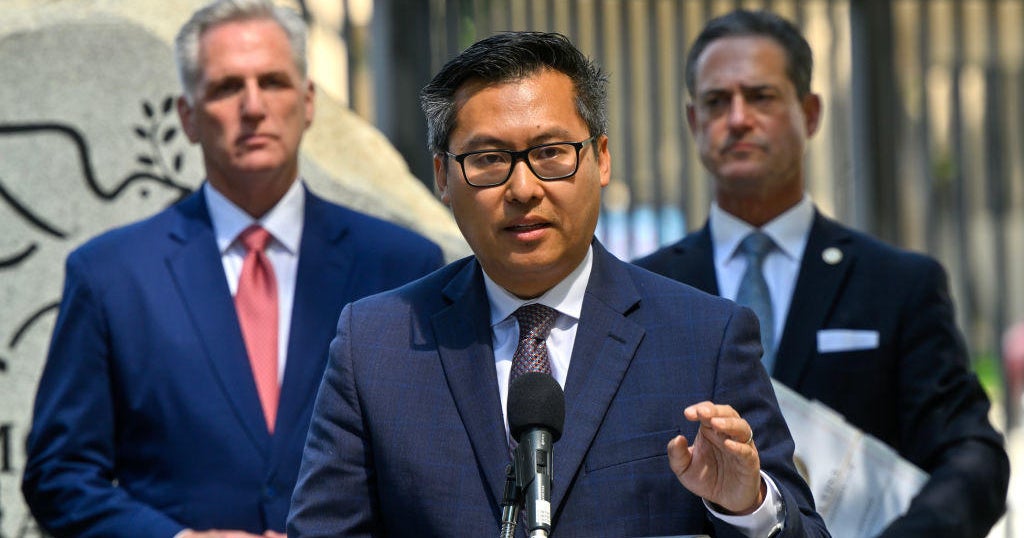
 News1 week ago
News1 week agoVince Fong wins special election to finish term of former House Speaker Kevin McCarthy
-

 Politics1 week ago
Politics1 week agoMichael Cohen swore he had nothing derogatory on Trump, his ex-lawyer says – another lie – as testimony ends
-

 News1 week ago
News1 week agoVideo: Midwest Storms Destroy Homes
-

 World1 week ago
World1 week ago€440k frozen in Italy over suspect scam by fake farmers
-

 News1 week ago
News1 week agoBuy-now, pay-later returns and disputes are about to get federal oversight
-

 News1 week ago
News1 week agoRead the I.C.J. Ruling on Israel’s Rafah Offensive
-

 News1 week ago
News1 week agoVideo: Protesters Take Over U.C.L.A. Building
-
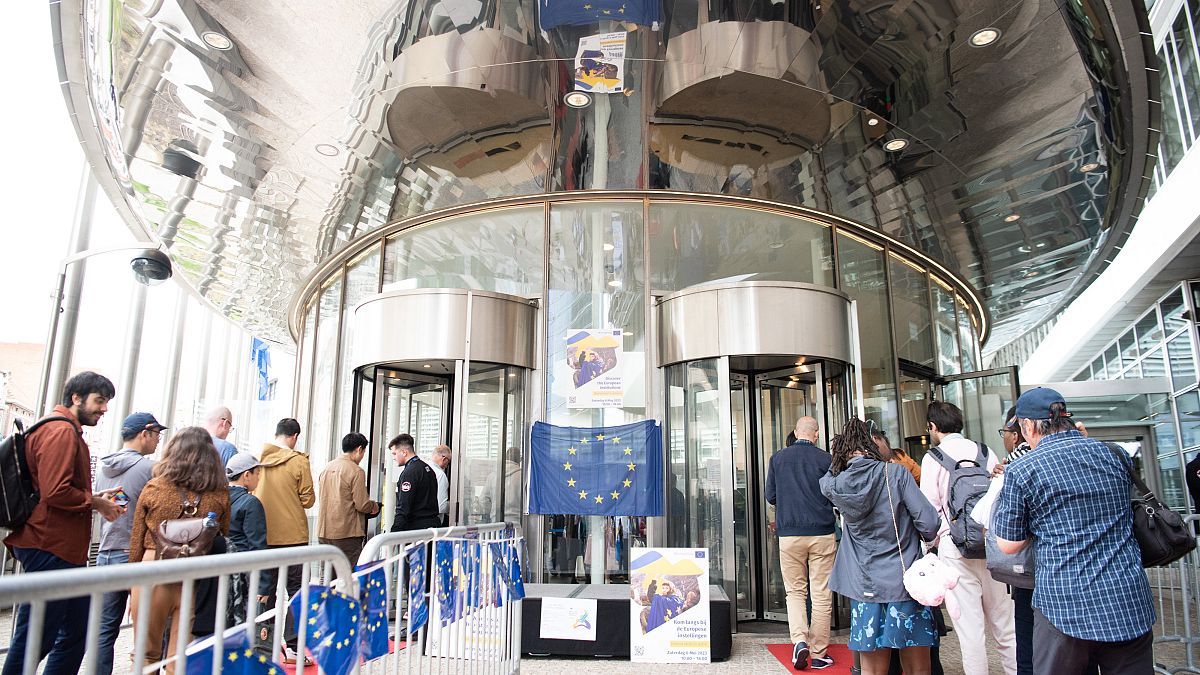
 World1 week ago
World1 week agoOmbudsman probes Commission's senior staff 'revolving door'



